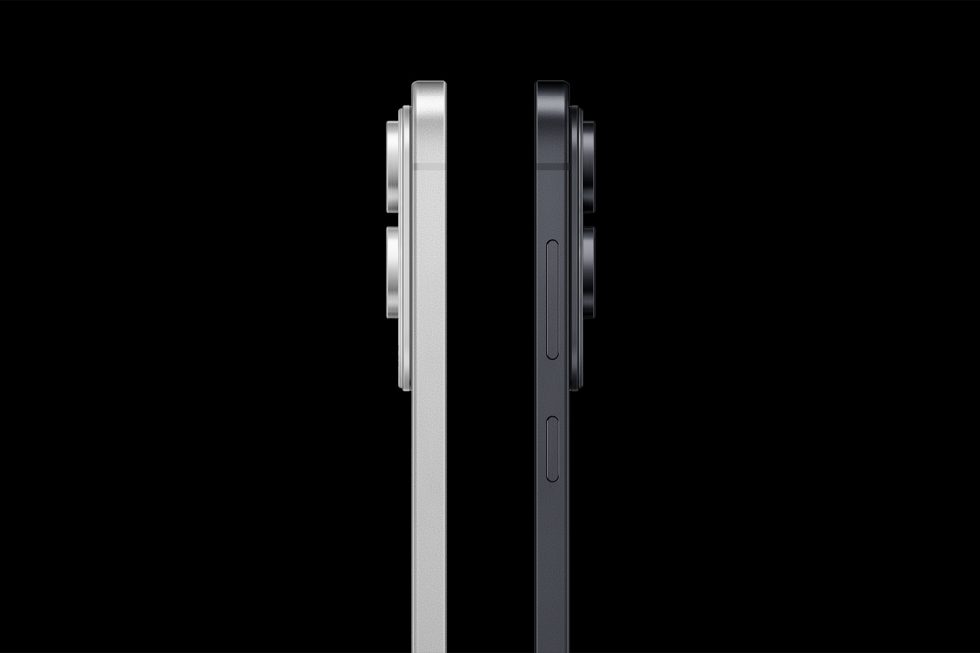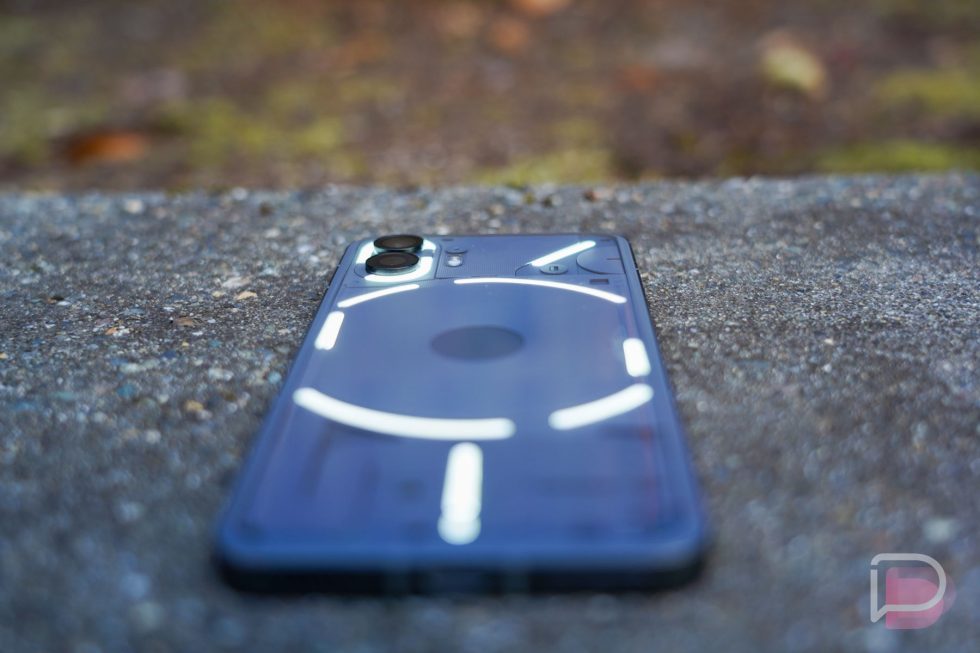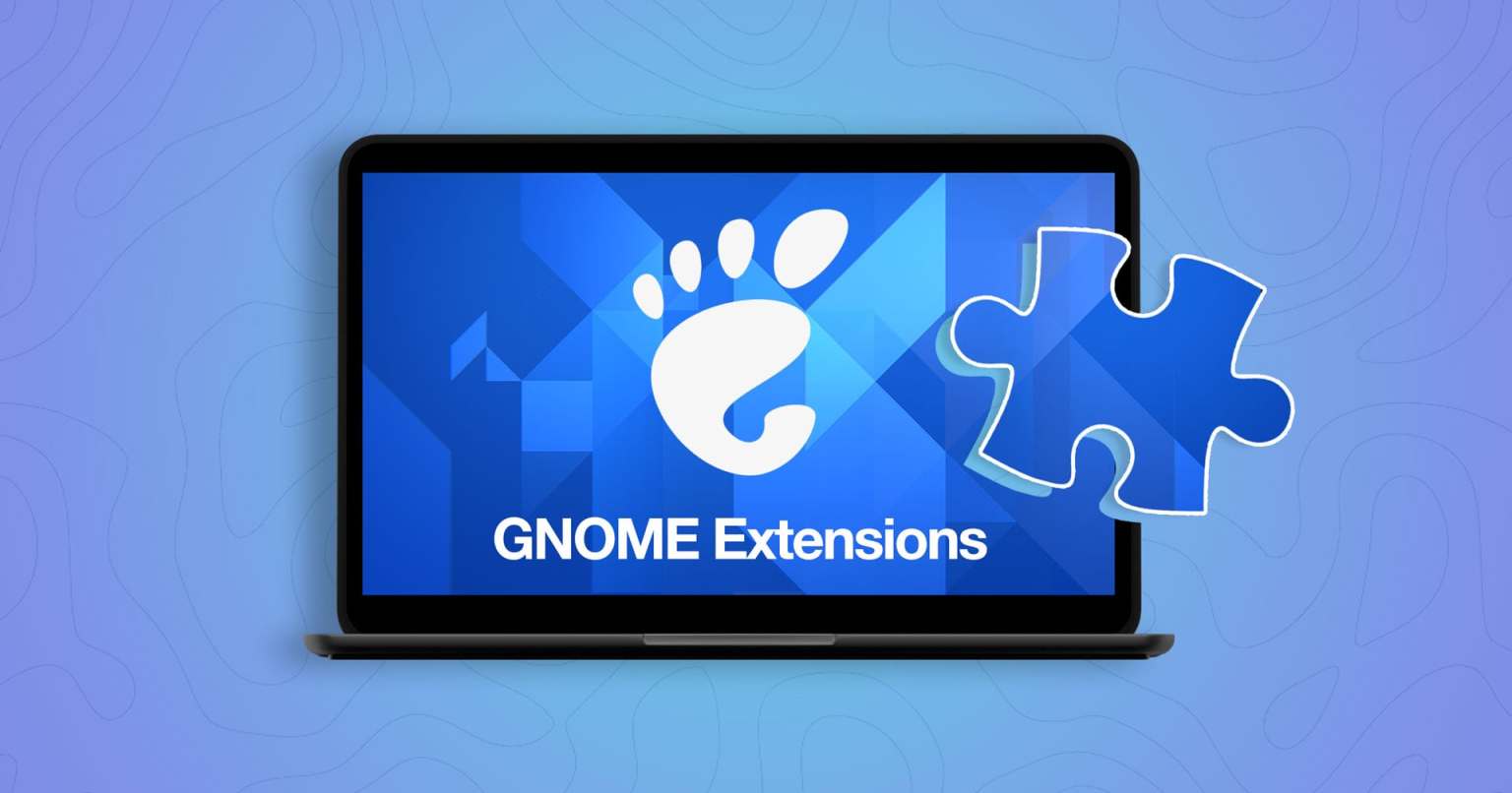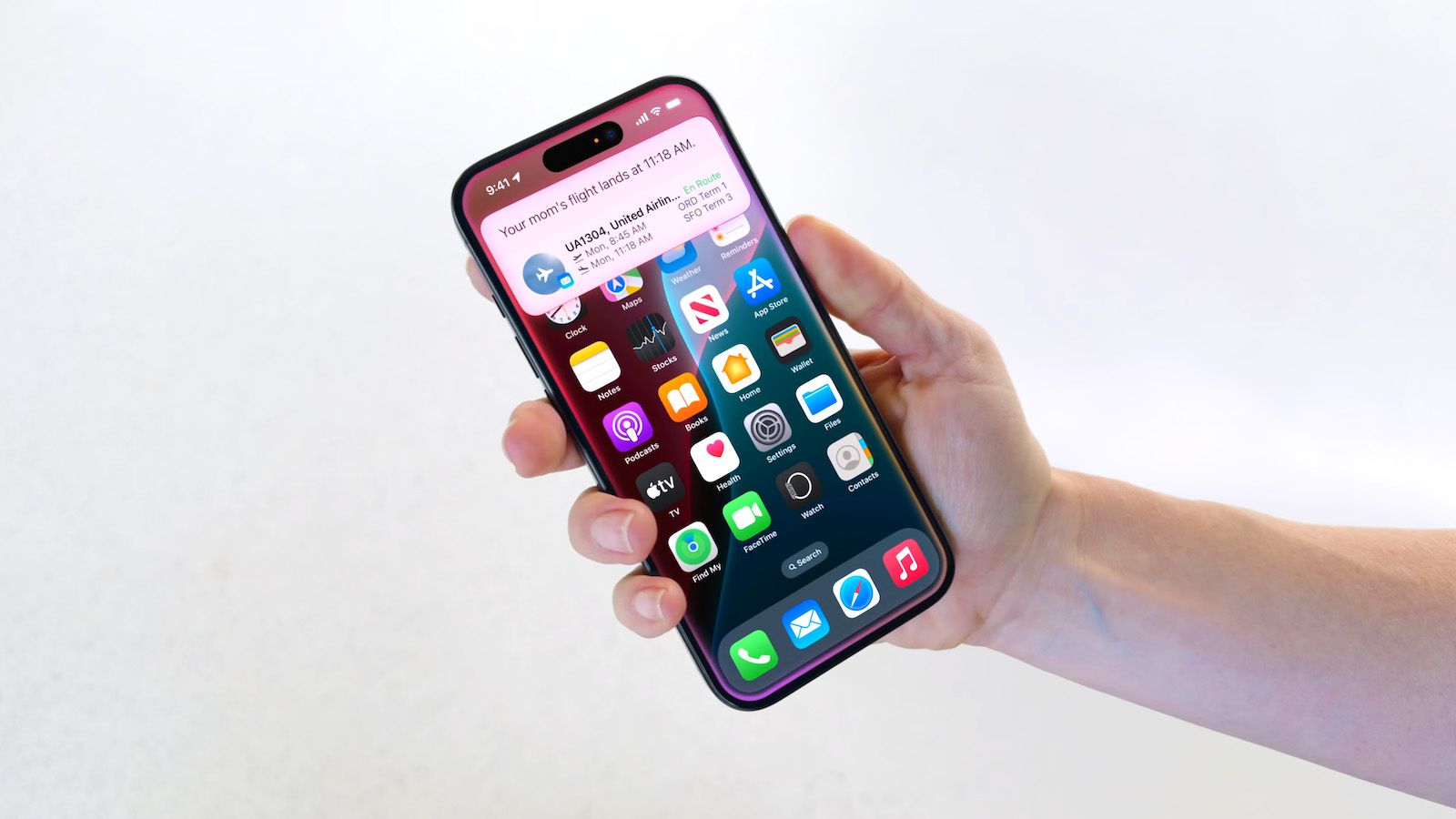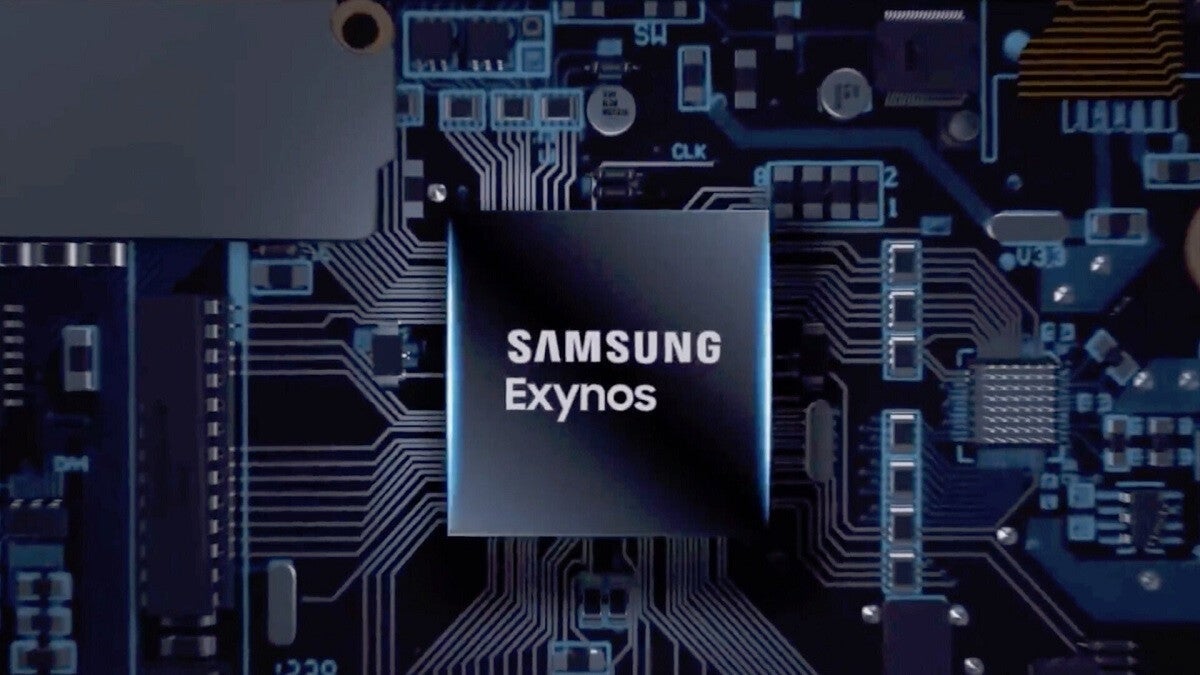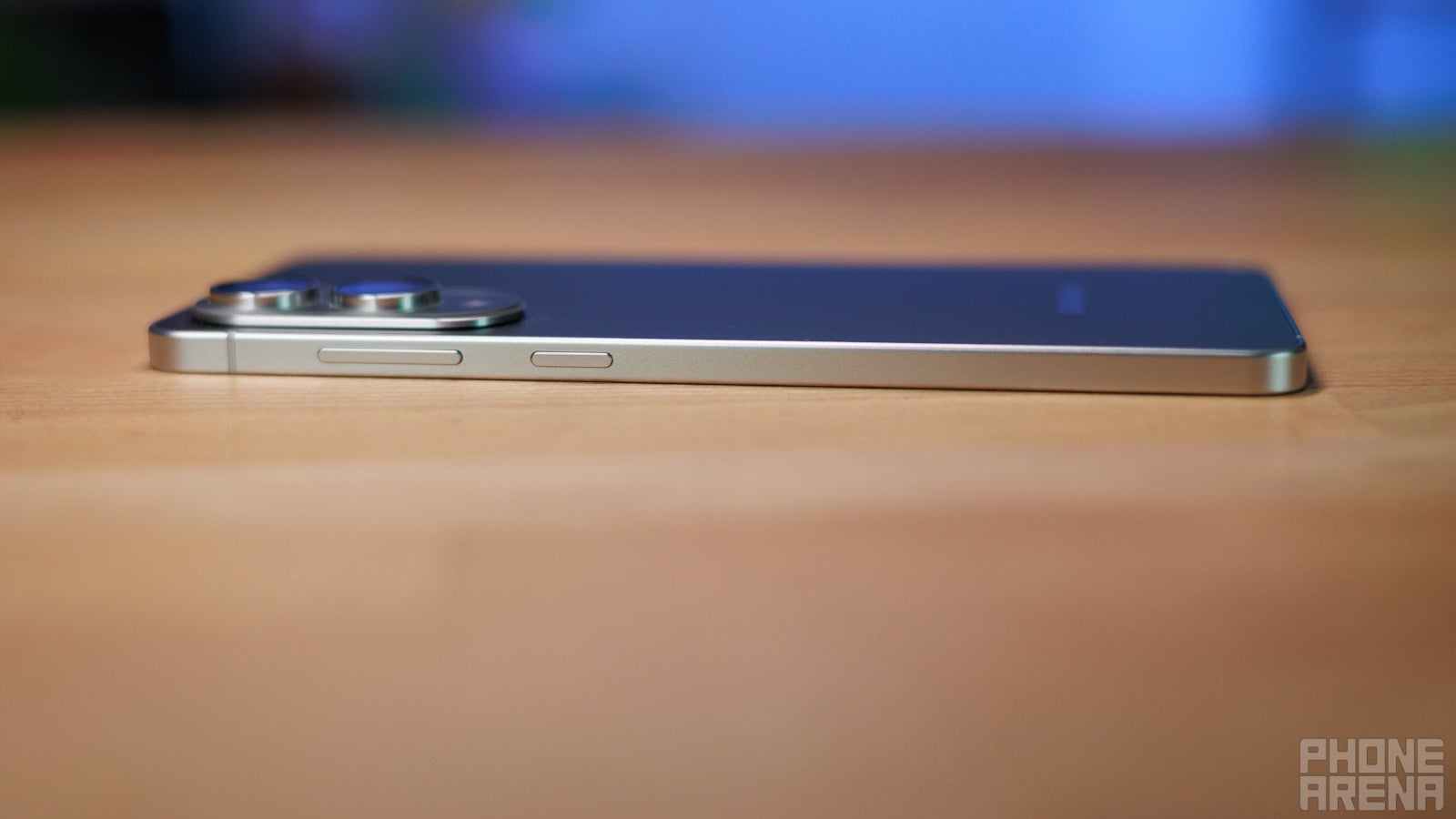Microsoft removes Authenticator App feature to promote Microsoft Edge
Microsoft Authenticator is a free security application by Microsoft. Its main function is the generation of security codes for two-factor authentication to better protect online accounts such as your eBay account. Microsoft […] Thank you for being a Ghacks reader. The post Microsoft removes Authenticator App feature to promote Microsoft Edge appeared first on gHacks Technology News.

Microsoft Authenticator is a free security application by Microsoft. Its main function is the generation of security codes for two-factor authentication to better protect online accounts such as your eBay account. Microsoft extended functionality in the past so that users could also save passwords for apps or websites in Authenticator to have them autofilled when prompted.
This particular feature is going away, according to a Microsoft support article.
The details:
- Starting June 2025, Microsoft Authenticator users will no longer be able to save new passwords in the application.
- From July 2025 onward, autofill functionality is removed and no longer available.
- In August 2025, saved passwords are no longer accessible in the Authenticator app.
In other words: Microsoft is removing the option to store password in Authenticator and have them autofilled in the coming months.
Microsoft argues that this is for the better, as it is streamlining the process of saving passwords and providing autofill functionality. You may ask yourself how that is possible. According to Microsoft, it is simple: all existing passwords get synced with the Microsoft account, and users may then access them when they us Microsoft Edge.
While the easy-part may very well be true for users who run Microsoft Edge anywhere, it is not the case for users who do not. Microsoft seems to be aware, as it explains on the support page how to install Microsoft Edge and make it a service provider on mobile for passwords autofills.
Authenticator users who do not use Edge on the platform that they use the app on are put between a rock and a hard place. Want to continue having access to your saved passwords and autofill? Then it is Edge you need, according to Microsoft. You also need to make Edge an autofill provider on your mobile.
So, is this really streaminling the process? With Authenticator available on multiple platforms,you already had the option to use the app different devices. Admittedly, the option to sync data was not as sophisticated as some of the other apps in the vertical, but Microsoft could have also made the decision to improve Authenticator and bolster its sync feature.
Exporting Microsoft Authenticator passwords
Authenticator users may export their passwords to a CSV file. Many password managers support CSV files so that all saved passwords can be imported into them.
First, here is how you export the passwords:
- Open Microsoft Authenticator.
- Select Menu > Settings.
- Scroll down until you come to the Autofill section.
- Activate "Export Passwords".
- Select the Export option when prompted.
- Type the screen lock password.
Note: The passwords are stored in clear text in the file. Anyone with access can read all your passwords, It is highly recommended to delete the file after the import was successful. Also do not save it in a remote location, e.g, a cloud space.
You could import them in the open source password manager Bitwarden. You may also use the app to import two-factor codes from other apps, but Microsoft Authenticator does not appear to be supported directly.
Closing words
It remains to be seen whether Microsoft's attempt at streamlining the saving of passwords and password autofill pays off, or if users may move away from Authenticator to use a different app for the task instead.
Now you: what is your take on this? Do you use an Authenticator app for generating login codes? Feel free to let everyone know in the comments below.
Thank you for being a Ghacks reader. The post Microsoft removes Authenticator App feature to promote Microsoft Edge appeared first on gHacks Technology News.







































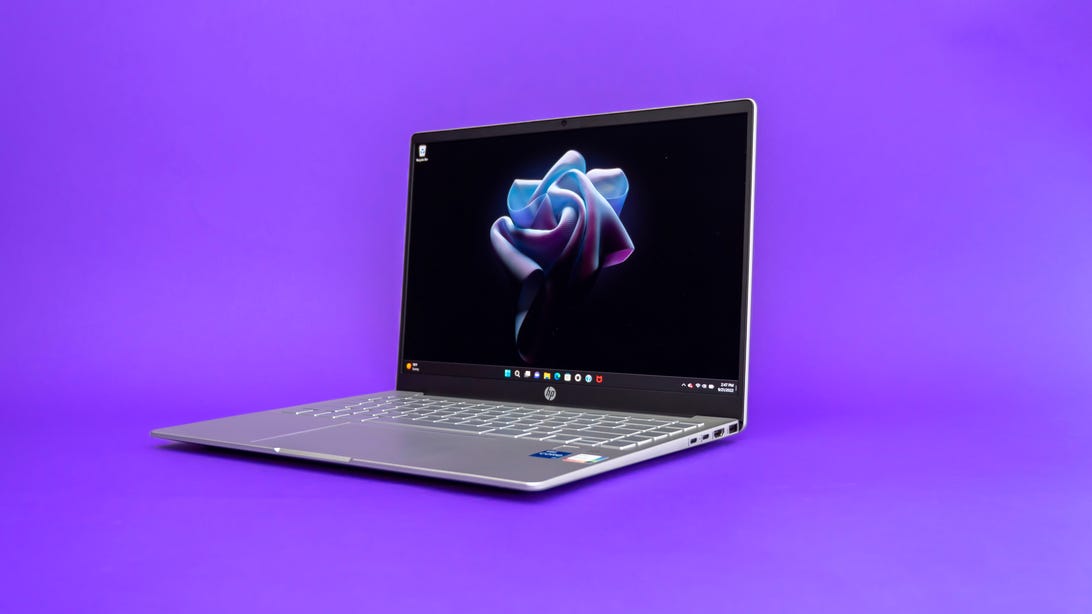






































































































































![[The AI Show Episode 154]: AI Answers: The Future of AI Agents at Work, Building an AI Roadmap, Choosing the Right Tools, & Responsible AI Use](https://www.marketingaiinstitute.com/hubfs/ep%20154%20cover.png)
![[The AI Show Episode 153]: OpenAI Releases o3-Pro, Disney Sues Midjourney, Altman: “Gentle Singularity” Is Here, AI and Jobs & News Sites Getting Crushed by AI Search](https://www.marketingaiinstitute.com/hubfs/ep%20153%20cover.png)































































































































































































![GrandChase tier list of the best characters available [June 2025]](https://media.pocketgamer.com/artwork/na-33057-1637756796/grandchase-ios-android-3rd-anniversary.jpg?#)






















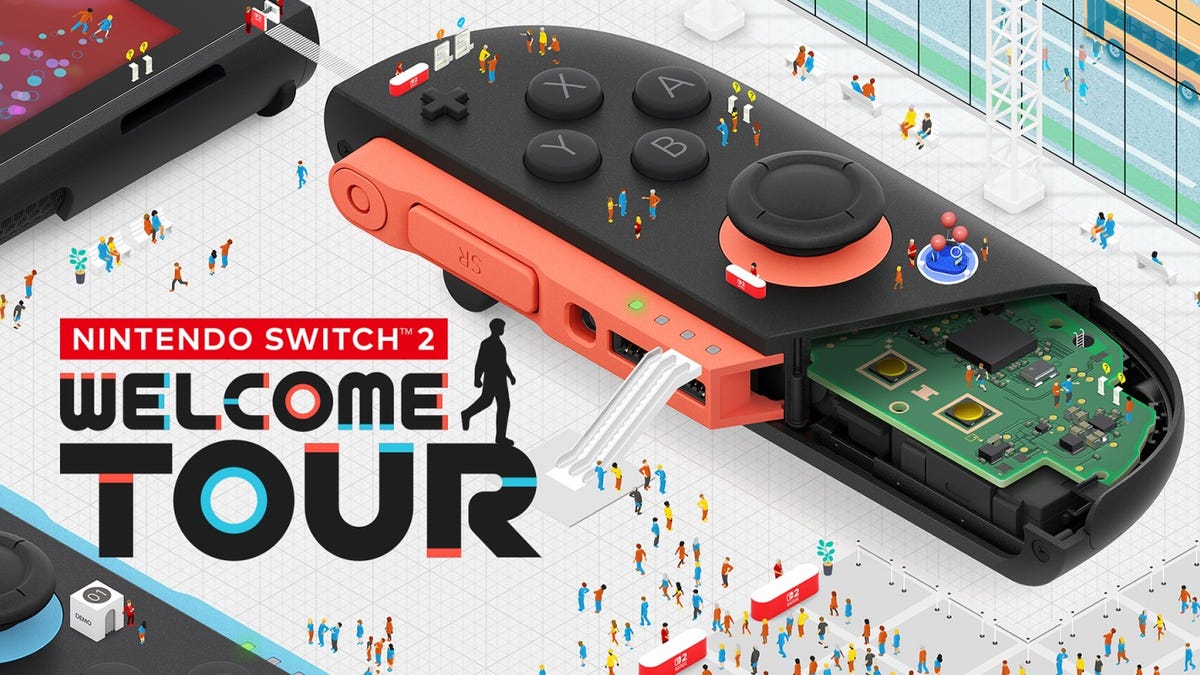























.png?width=1920&height=1920&fit=bounds&quality=70&format=jpg&auto=webp#)





















_Frank_Peters_Alamy.jpg?width=1280&auto=webp&quality=80&disable=upscale#)

















































































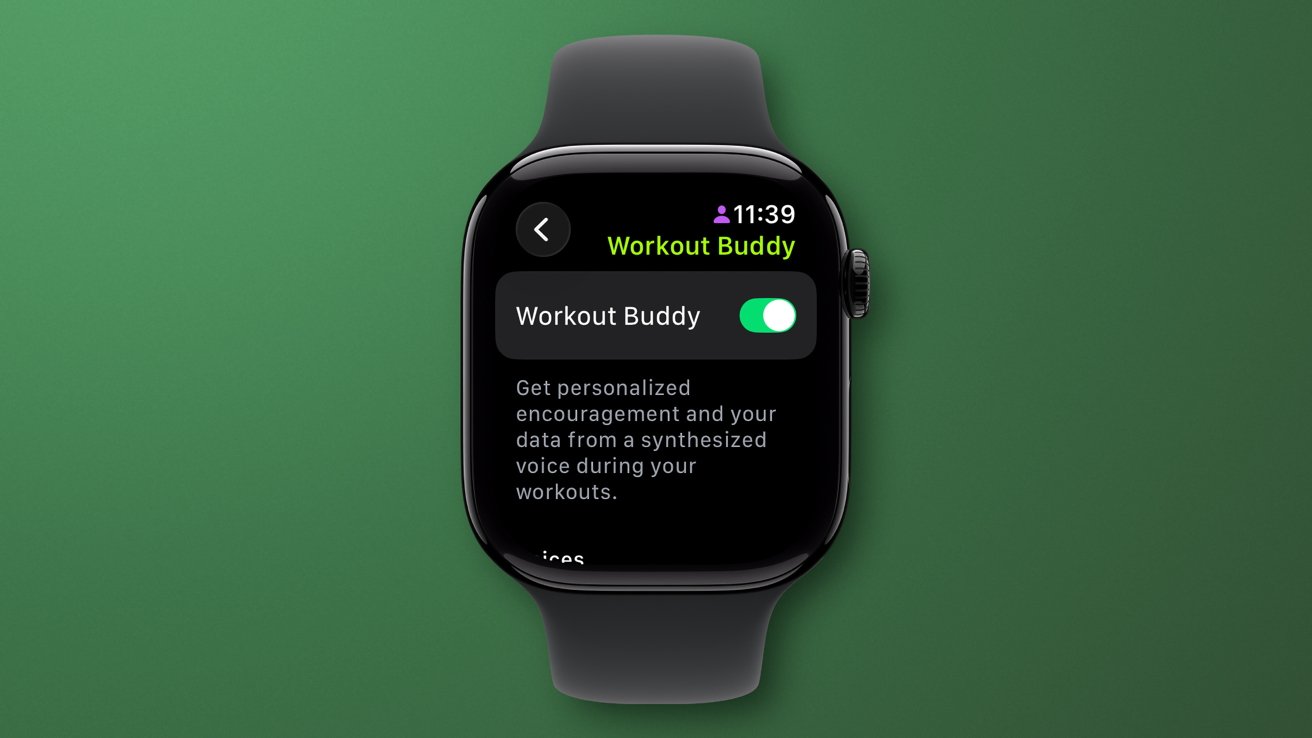


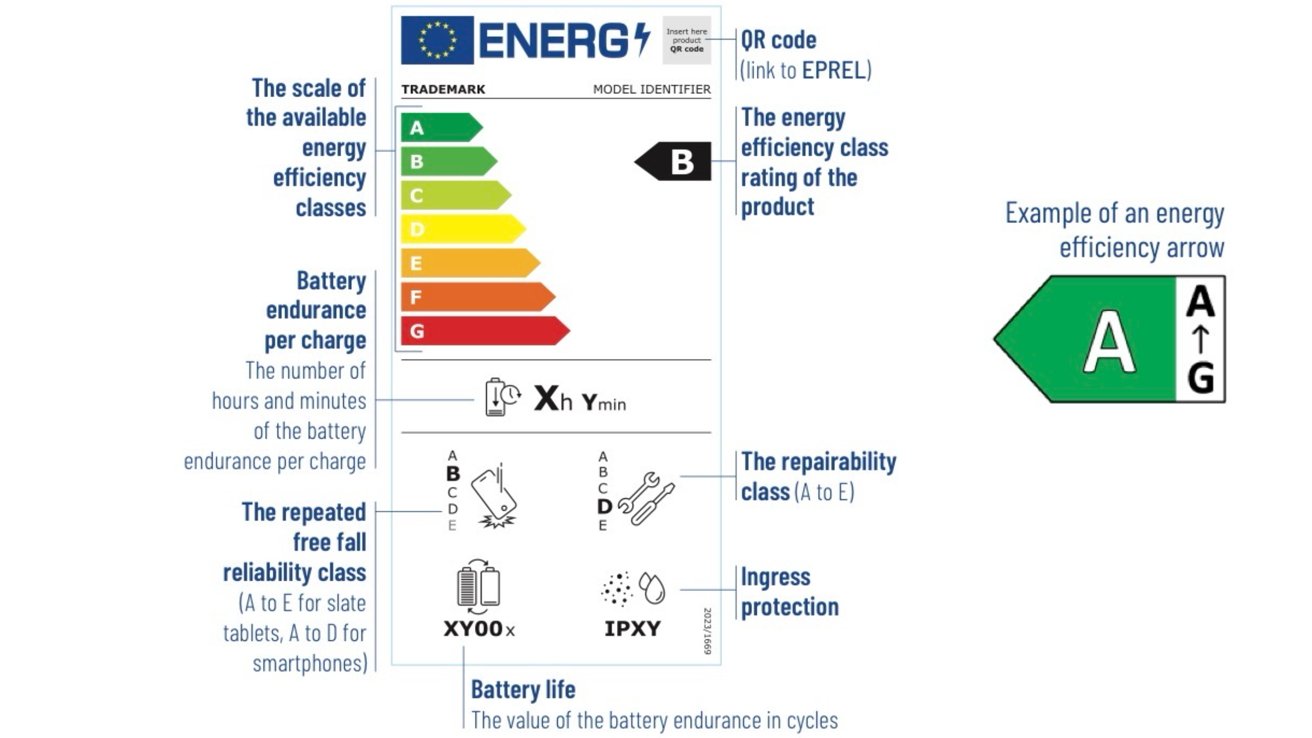
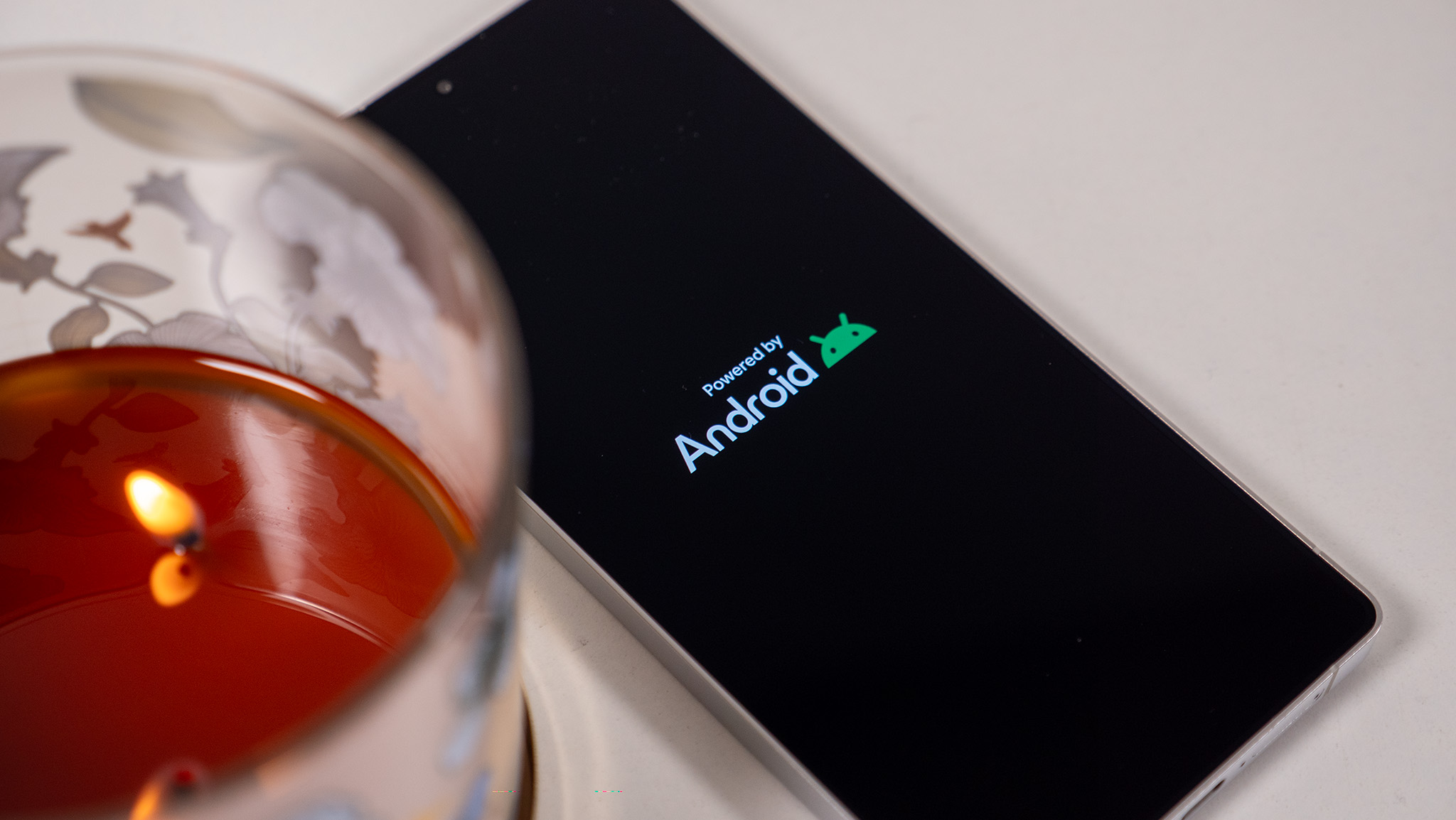

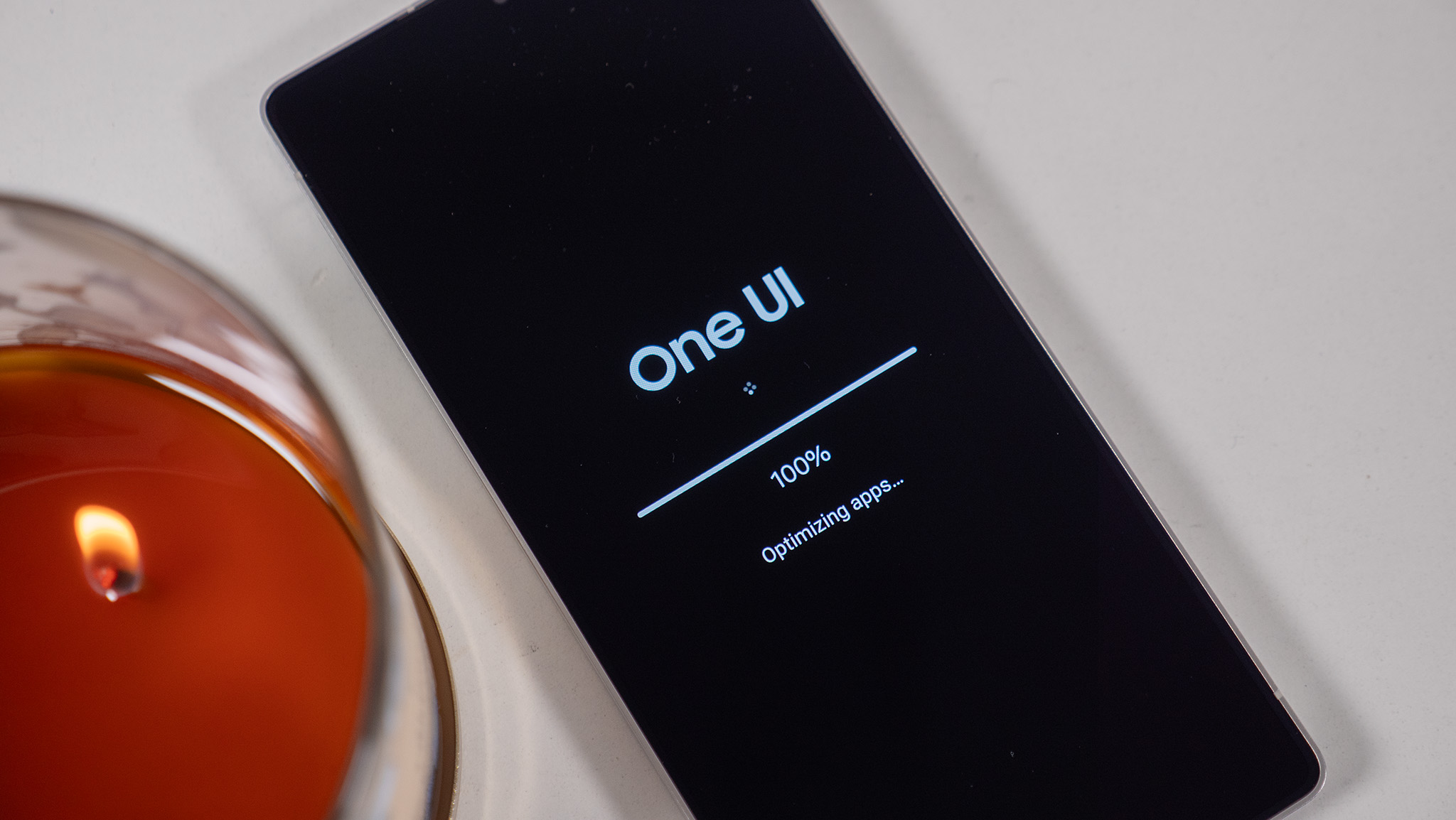
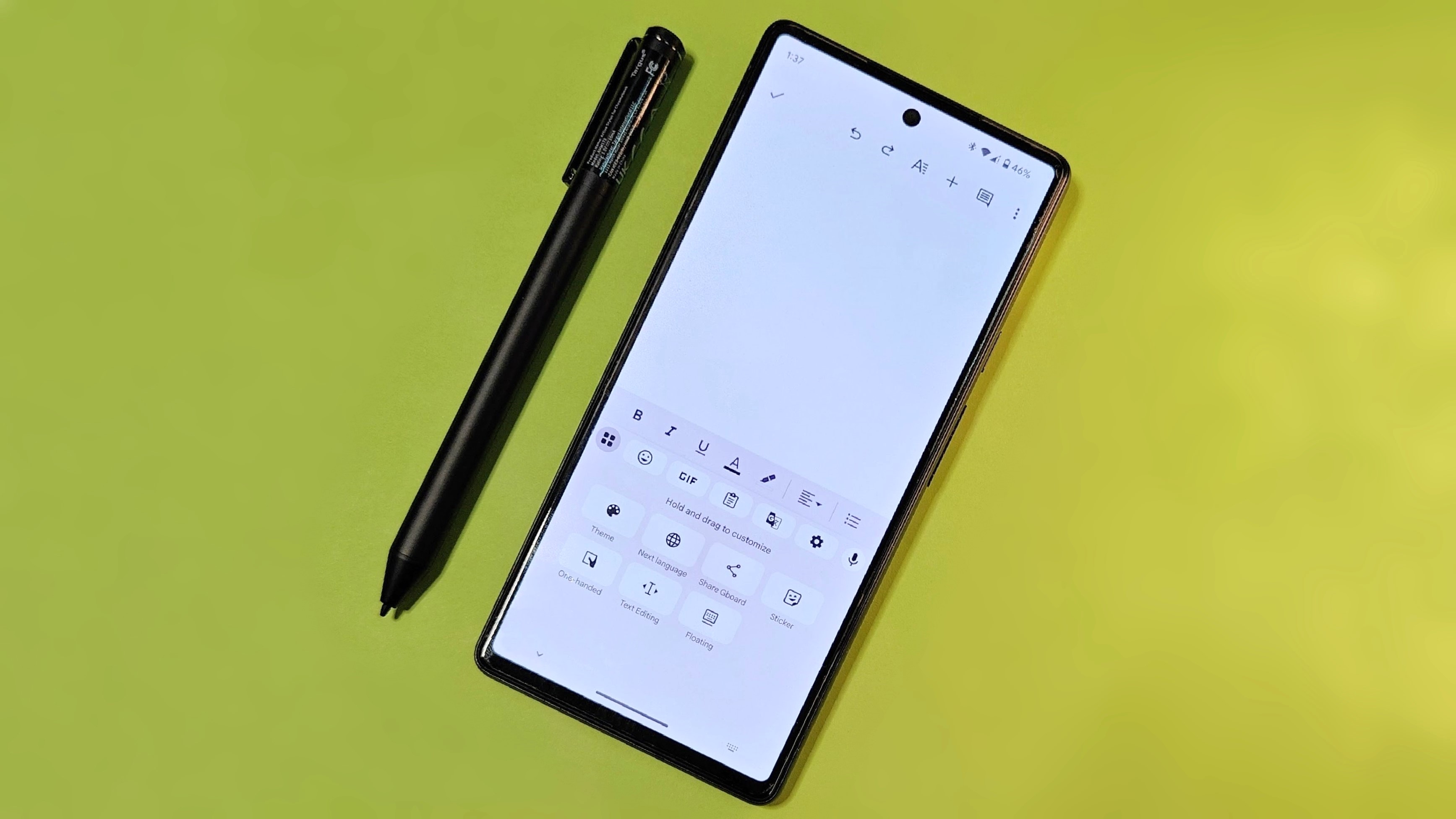

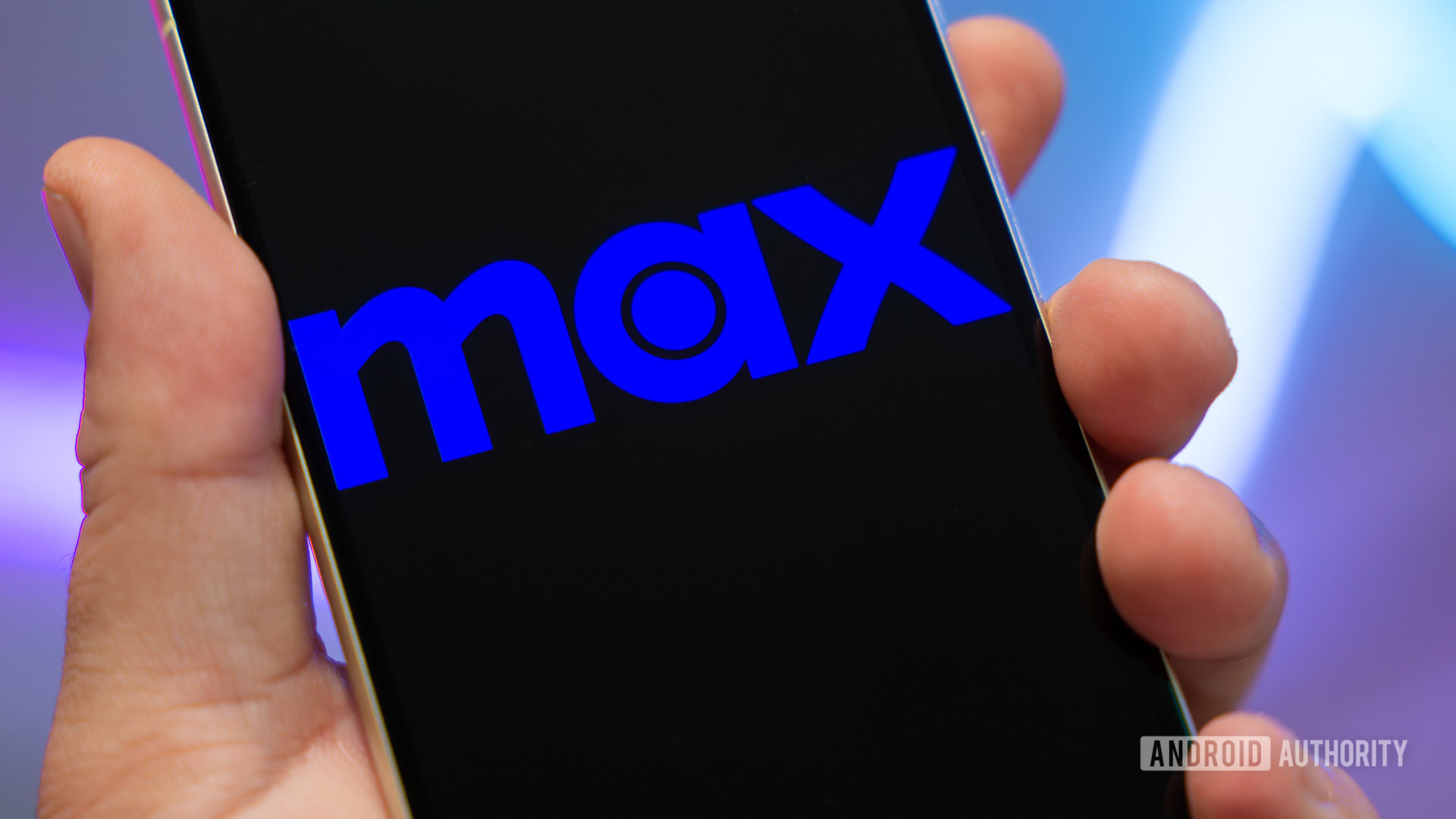

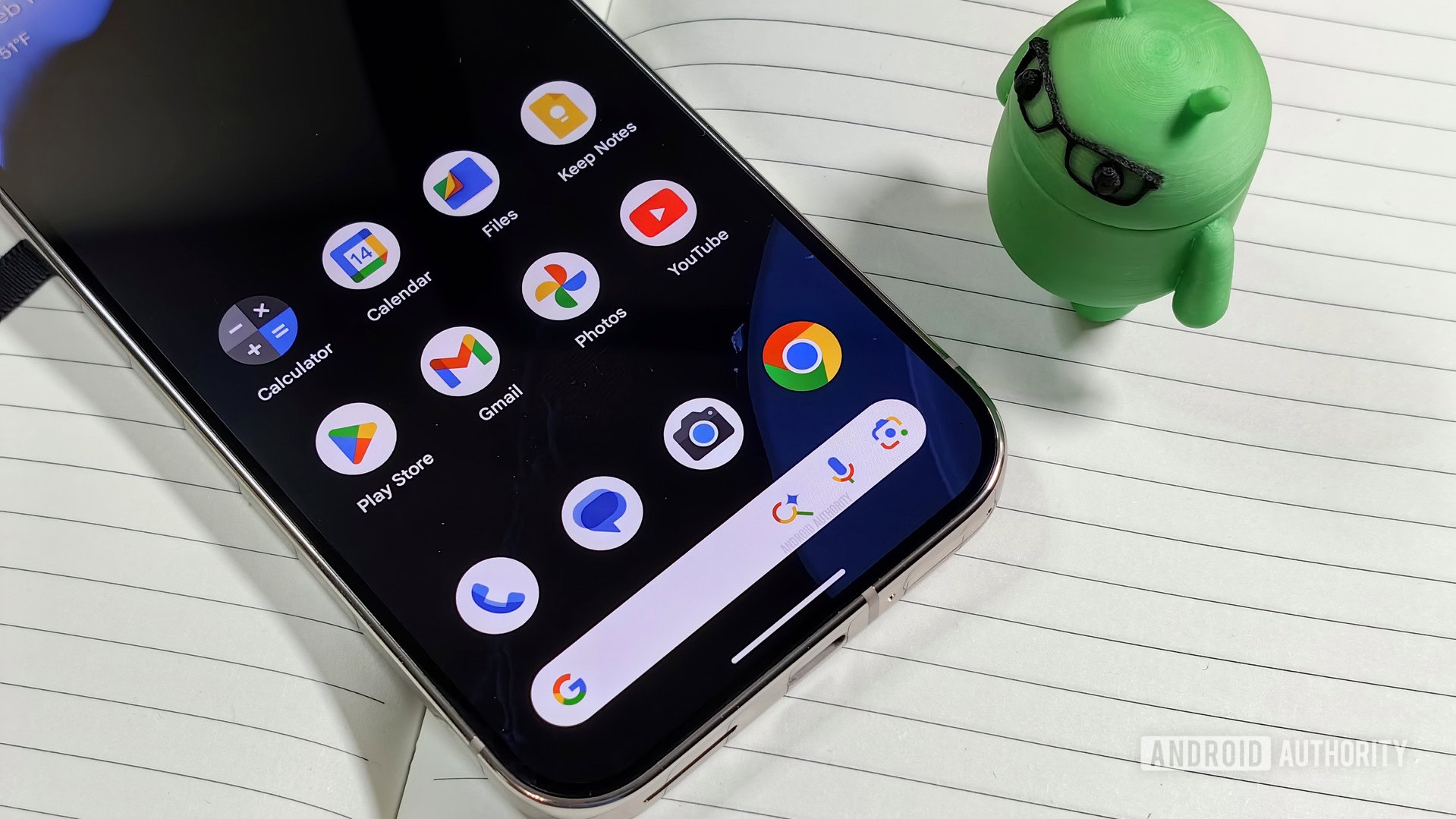






![Samsung’s Galaxy Z Fold 7 looks positively svelte in dummy hands-on [Video]](https://i0.wp.com/9to5google.com/wp-content/uploads/sites/4/2025/06/Worlds-First-Look-Hands-On-with-the-Galaxy-Z-Fold-7-dummy-1-1-screenshot.png?resize=1200%2C628&quality=82&strip=all&ssl=1)












![Apple Weighs Acquisition of AI Startup Perplexity in Internal Talks [Report]](https://www.iclarified.com/images/news/97674/97674/97674-640.jpg)
![Oakley and Meta Launch Smart Glasses for Athletes With AI, 3K Camera, More [Video]](https://www.iclarified.com/images/news/97665/97665/97665-640.jpg)

![How to Get Your Parents to Buy You a Mac, According to Apple [Video]](https://www.iclarified.com/images/news/97671/97671/97671-640.jpg)



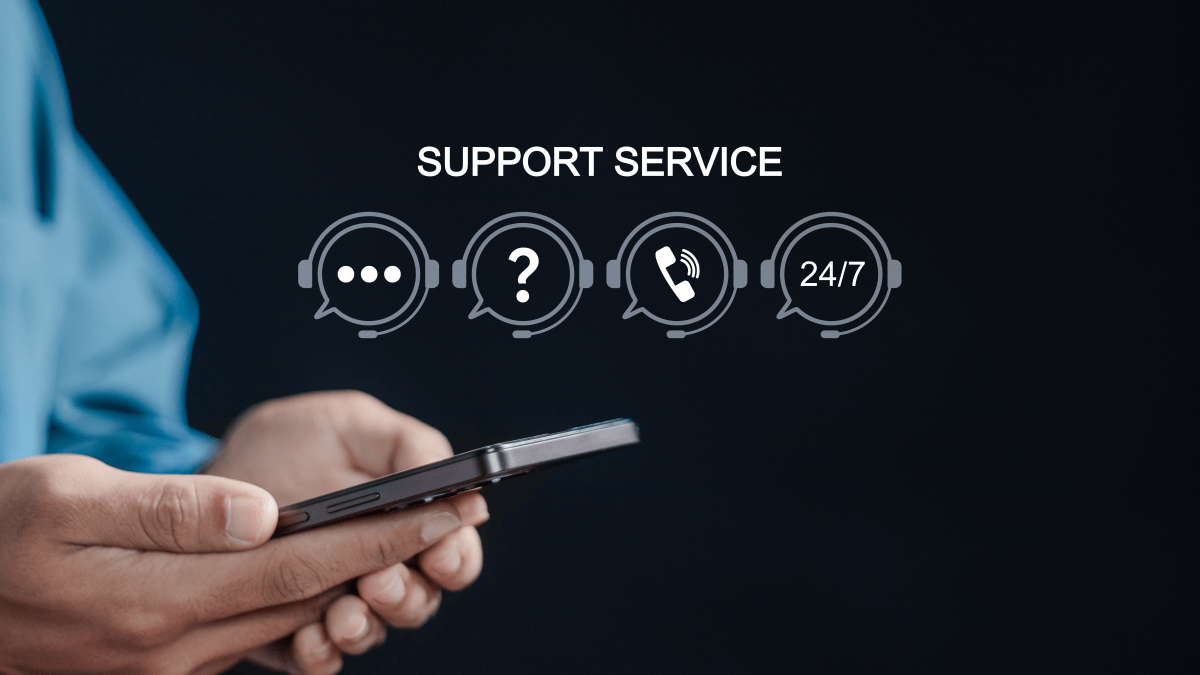










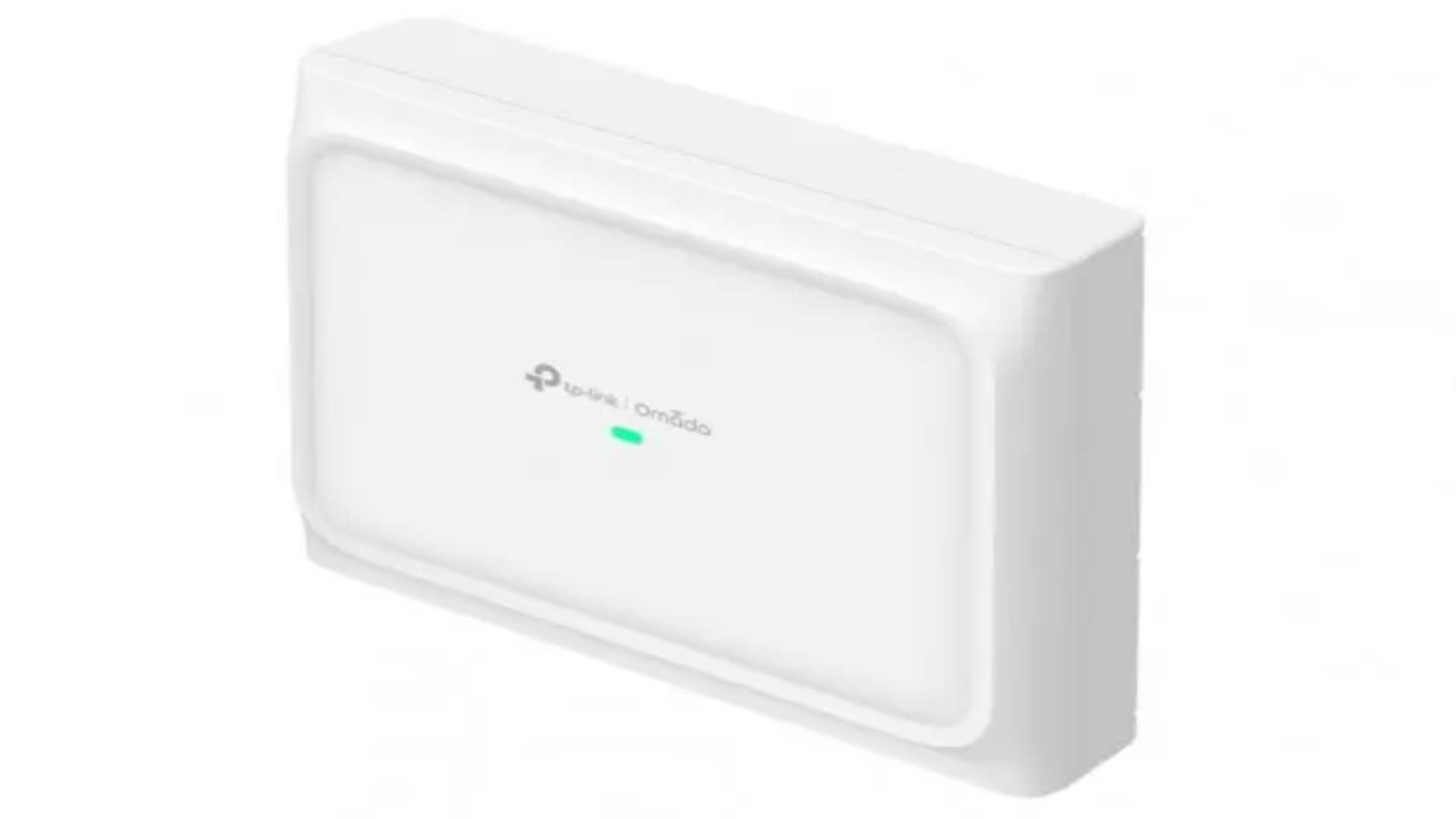

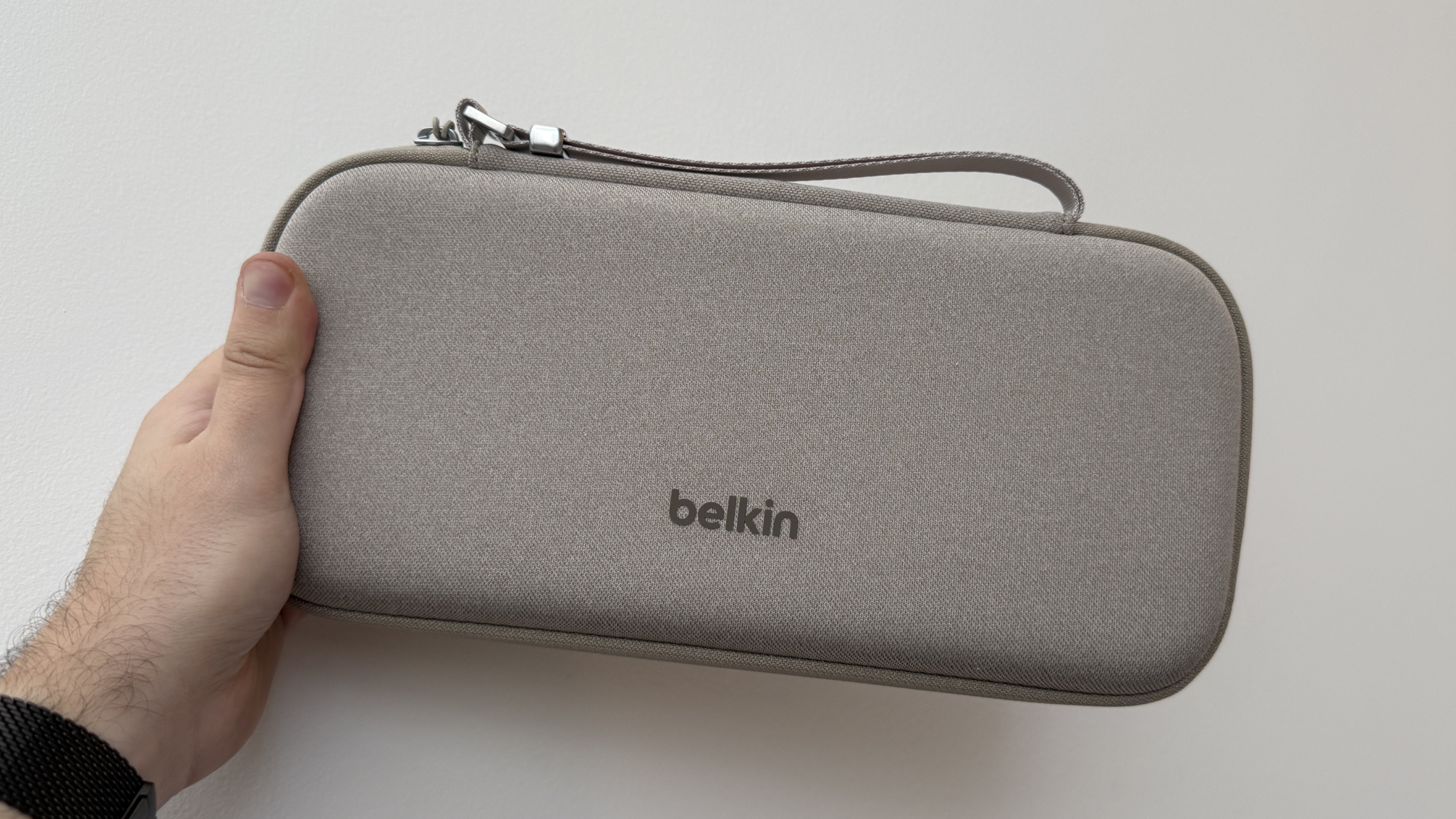
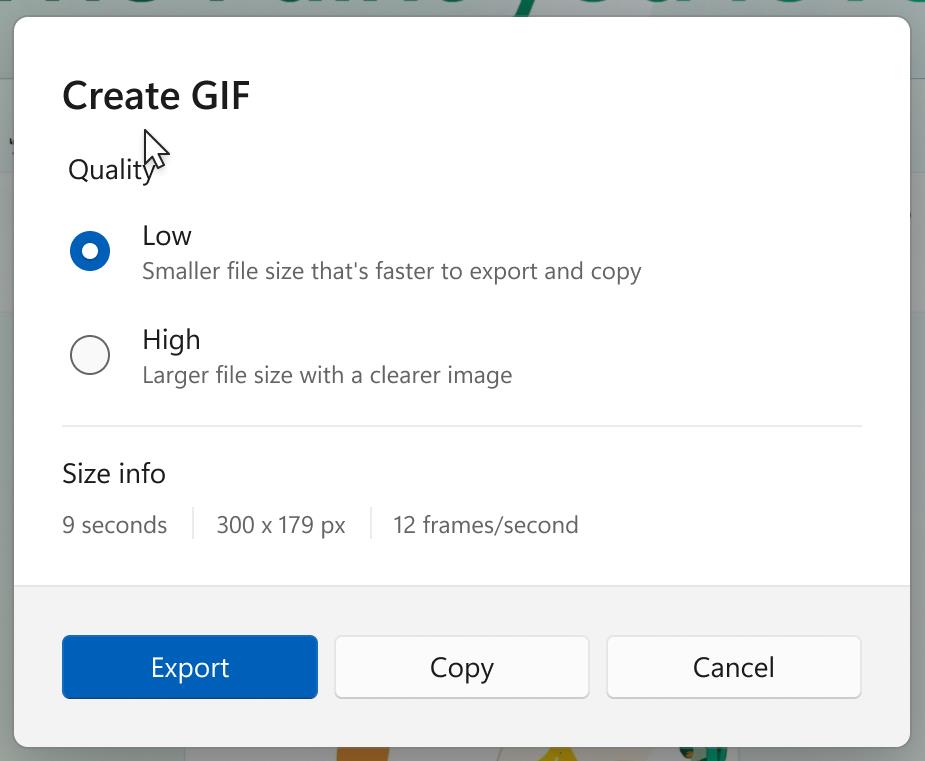

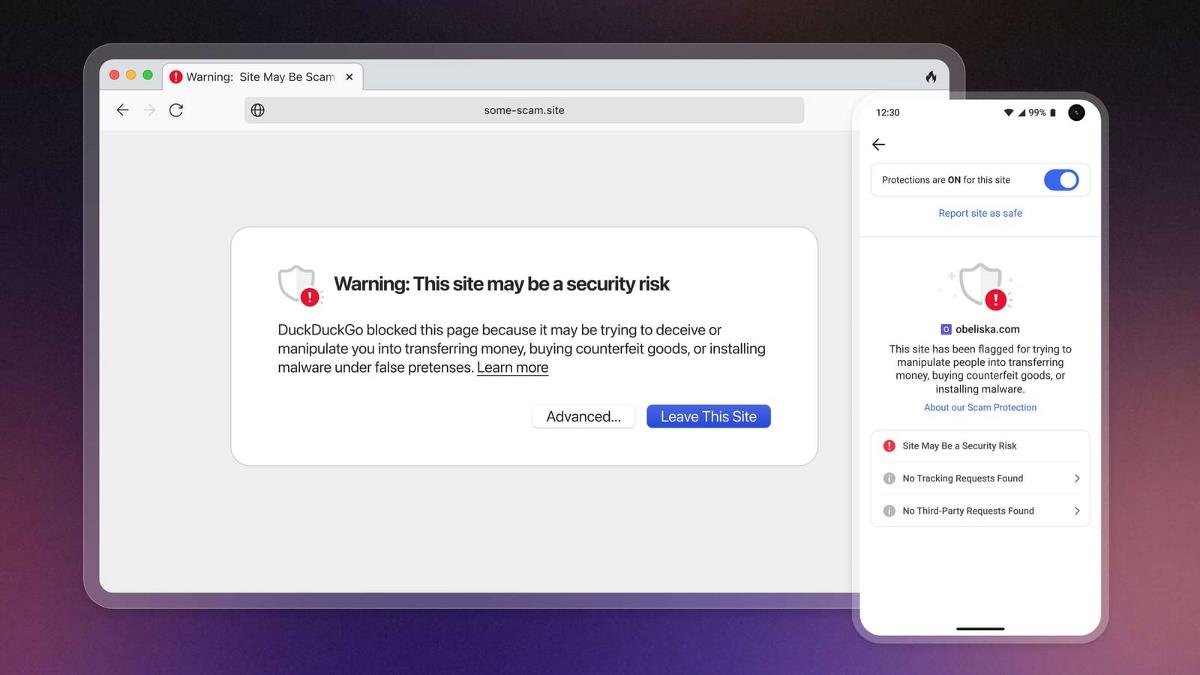
![New accessibility settings announced for Steam Big Picture Mode and SteamOS [Beta]](https://www.ghacks.net/wp-content/uploads/2025/06/New-accessibility-settings-announced-for-Steam-Big-Picture-Mode-and-SteamOS.jpg)


